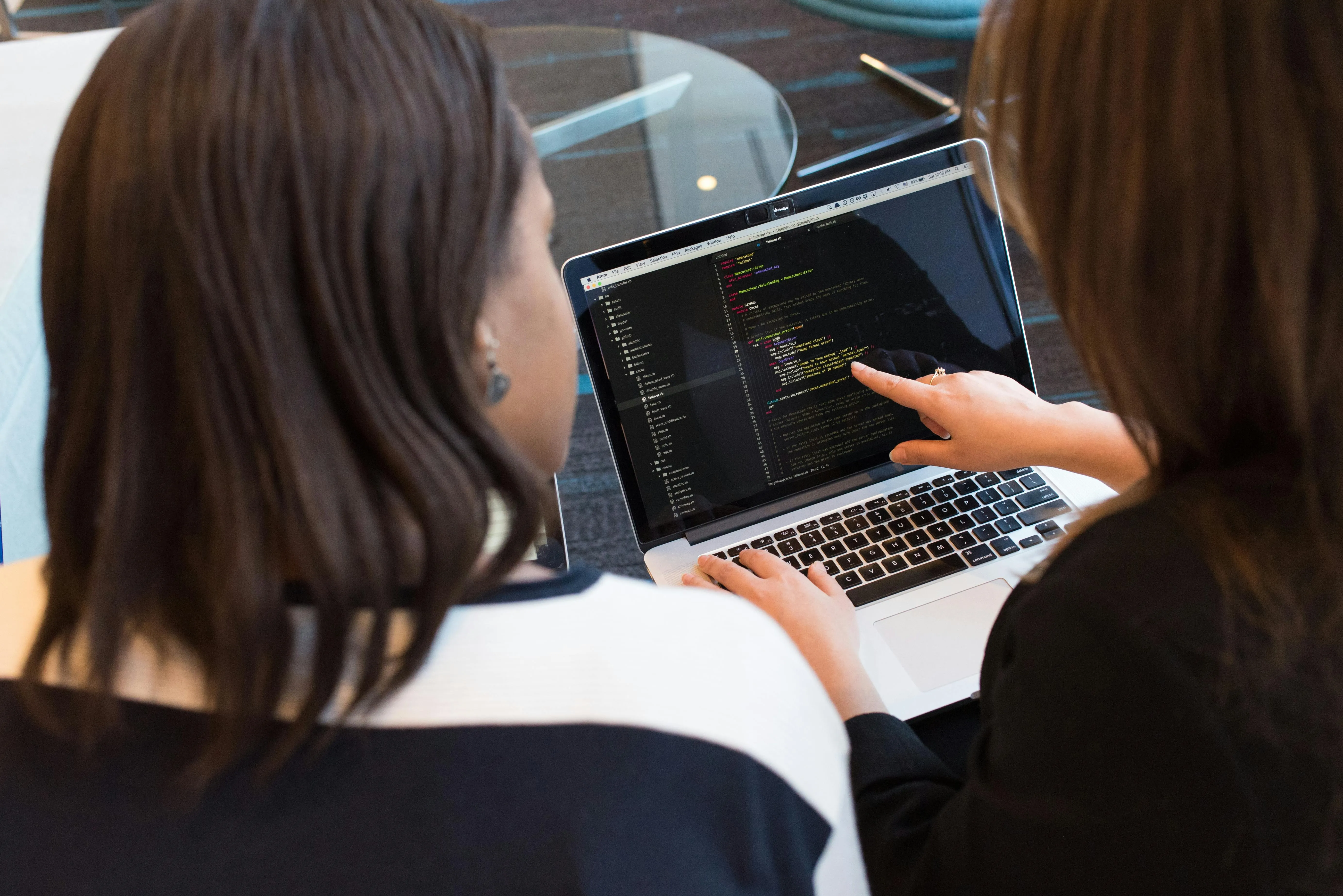Creating beautiful, functional web pages is one thing, but making them come to life is another. That’s where animation comes in. While Webflow provides me with a powerful visual builder and native interaction tools, I often need more control, smoother transitions, and deeper animation logic. That’s why I integrate GSAP (GreenSock Animation Platform) into my Webflow projects.

Creating beautiful, functional web pages is one thing, but making them come to life is another. That’s where animation comes in. While Webflow provides me with a powerful visual builder and native interaction tools, I often need more control, smoother transitions, and deeper animation logic. That’s why I integrate GSAP (GreenSock Animation Platform) into my Webflow projects.
In this post, I’ll walk you through how I use GSAP with Webflow to create dynamic, engaging experiences that go far beyond the basics.
Webflow is great for visually designing layouts, animations, and interactions. But for more advanced needs, like synchronizing multiple animations, scroll-based effects, or precise timing control, GSAP is a game changer.
In Webflow, I go to Project Settings > Custom Code > Before the </body> tag and add
This makes GSAP and ScrollTrigger available on all pages.
On certain pages, I add an HTML Embed block at the bottom, then insert custom scripts like this:
I target Webflow elements using their classes, IDs, or data attributes.
ScrollTrigger is one of the most powerful GSAP tools. I use it to trigger animations when elements appear.
GSAP timelines allow me to sequence multiple animations and synchronize them perfectly.
Webflow’s hover states are limited. With GSAP, I animate elements on mouseover/out with a natural movement.
Sometimes I create preload animations or smooth transitions between pages (especially when combining GSAP with Barba.js).
By combining the visual power of Webflow with the animation power of GSAP, I unlock creative potential that is otherwise difficult to achieve. It’s the perfect blend of design and development you don’t have to sacrifice either.
If you’re a designer looking to improve your Webflow animations, GSAP is your secret weapon. Once you get the hang of it, there’s no going back.